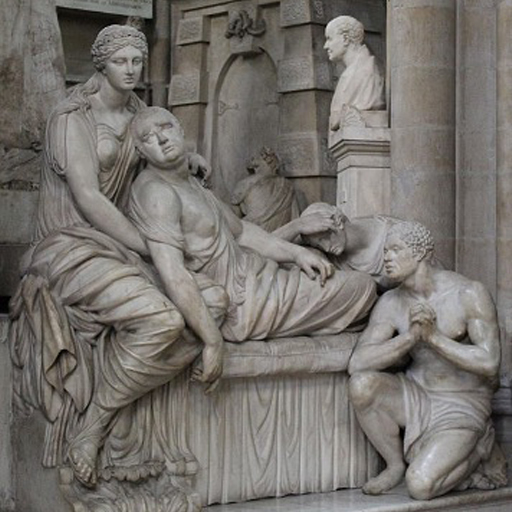3 Remembering empire: contested histories
How empire is remembered and represented has changed over time and has been subject to debate. In 2020, during the global Black Lives Matter anti-racism protests, these symbols of the past became the subject of intense public debate in former imperial centres after protestors singled out statues and street names which celebrated figures linked to this history. It forced society to ask difficult questions about how to understand national histories of colonialism.

The problem with memorialising the past is that memory is often contested – not everyone remembers the same thing in the same way. Attitudes towards history can change over time and between different geographies. Historian Holger Hoock argued that:
Memorialisation enshrines certain events or persons in a group’s notion of the past. It focuses on educating audiences, and it often involves contests and conflicts between those who, and over that which, they seek to remember. But memory and memorialisation are also always selective, and by virtue of being selective involve distortion and forgetting. Within the same polity, different social groups, political factions, and individuals construct potentially conflicting memories.
Memorials are a useful tool for analysing the shifting politics of representation. This section explores how transatlantic slavery has been remembered and represented in Britain and the Caribbean to help you historicise debates about memorial culture.

In Britain the emphasis has been on remembering the activities of metropolitan abolitionists. Leading figures of the abolition campaign – William Wilberforce (1759–1833), Charles James Fox (1749–1806) and Zachary Macaulay (1768–1838) – all have statues in Westminster Abbey. This is a sacred national space at the centre of British public life. It is also a significant tourist destination. Thomas Fowell Buxton (1786-1845) and the wider antislavery movement have a memorial at Victoria Tower Gardens, within sight of Parliament.

Since 2020, there has been an increased interest in identifying memorials associated with those who were actively involved with enslavement. This has led to initiatives by local government to document these sites. Some of the symbols have been removed, some have stayed in place and been recontextualised, others have remained unchanged.
At the time of writing in 2023, there is no British national memorial for enslaved people.
In the aftermath of independence, debates have taken place in the Caribbean about what to do with symbols of the colonial past. The public realm was created by and for the minority white colonial elites – street names, buildings, public parks and statues bore their names and likenesses. They were part of the history, but they represented a version of it that denied the experiences of most citizens. Some statues have been removed and streets and buildings renamed. There are numerous Caribbean national memorials to transatlantic slavery. The experiences of enslaved people and their struggle to resist and survive are centred in the representations.
While conversations about colonial heritage can be difficult, they are an important part of understanding the history and what it means for people in the present.
Activity 3 Geographies of memory
Explore this gallery of five images depicting memorials to slavery in the Caribbean. Each slide has a 150-word description of the memorial. You should examine the images and take notes of common historical and visual themes.
- What aspects of the history do these representations centre?
- Compare the statues in the Caribbean with the ones in Britain. What do the differences tell you about how slavery is remembered?
Discussion
- All bar one of the memorials depict real enslaved people who resisted the system. This demonstrates the importance of self-emancipation and agency to the post-independence nations who erected them. The carved figures are muscular, strong, and defiant – the supplicant position of the ‘slave’ is rejected. Even Sally Bassett, the victim of state brutality, is represented with her face turned upwards as a rebel martyr. It is interesting to note that women are equally represented in the selection of memorials.
- Britain has chosen to represent male abolitionists and slave-owners. This is an indication as to who is valued in the commemoration of history. Slave-owners were powerful and wealthy individuals who used their money to buy position within society. They often gave money to philanthropic causes. As significant members of their local communities they were sometimes recognised with statues and other forms of memorialisation. Abolitionists were influential political men – some were MPs. The cause they supported became an important part of Britain’s national sense of itself which is why they had memorials erected in the nation’s sacred space. Women and enslaved people have not been included in the memorial culture.
In contrast, in the Caribbean the statues are entirely focused on the representation of enslaved people, including women as well as men. They were produced at a different historical moment by societies with different priorities. The sense of self conveyed in these representations draws on the heritage of enslavement which reflected most people’s ancestral experiences in the Caribbean. Both the slave-owners and the abolitionists are absent, instead Black people are represented as agents for change in their own right.
Comparing the two we can see that the memory of slavery works differently in these two geographic locations. There is also a racial dynamic to how the history has been represented in these different spaces.
